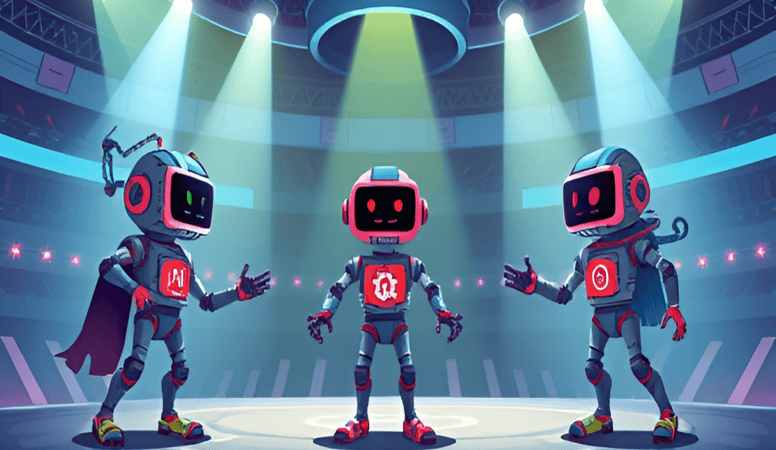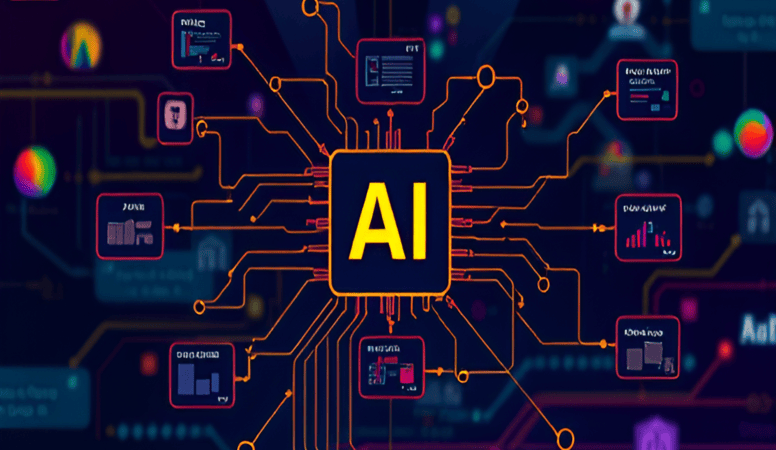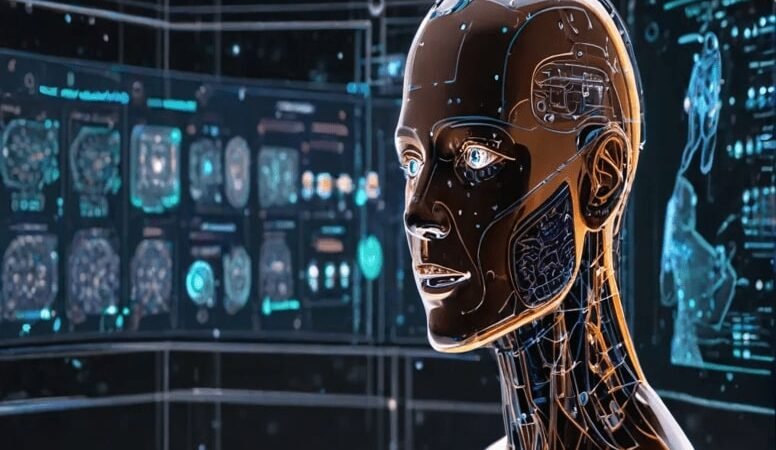Deep learning, a key subset of machine learning, has revolutionized the field of artificial intelligence. This article delves into the essence of deep learning, exploring its workings, significance, and diverse applications.
What is deep learning?
Deep learning mimics the structure and function of the human brain through artificial neural networks. These networks consist of layers of interconnected neurons that process information hierarchically. This approach excels at tasks such as image and speech recognition, natural language processing, and more.
How does deep learning work?
Deep learning algorithms follow a structured process similar to other machine learning techniques:
- Data Collection: Gather relevant data for the task at hand.
- Data Pre-processing: Clean and prepare the data for analysis.
- Model Training: Feed the prepared data into the neural network, allowing it to learn patterns and features.
- Evaluation: Test the model’s performance with a separate dataset to ensure it generalizes well.
- Prediction/Inference: Use the trained model to make predictions or decisions on new data.
The Depth of Deep Learning
The term “deep” in deep learning refers to the number of hidden layers within the neural network. Unlike shallow networks, deep neural networks have multiple hidden layers, enabling them to learn intricate data representations and solve complex problems effectively.
Applications of Deep Learning
Deep learning’s impact spans various industries, revolutionizing numerous applications:
- Computer Vision: Enables accurate object identification in images and videos, facilitating technologies like facial recognition and autonomous vehicles.
- Natural Language Processing (NLP): Powers language understanding and generation, leading to advancements in machine translation, chatbots, and sentiment analysis.
- Healthcare: It helps in analyzing medical images, diagnoses diseases, and personalizes treatment plans, significantly enhancing patient care and outcomes.
- Automotive: Autonomous vehicles use deep learning to navigate roads, recognize objects, and make driving decisions.
- Entertainment: Streaming services use it to recommend content based on user preferences.
The Future of Deep Learning
The future of deep learning looks promising. Continuous advancements in computational power and algorithms will address current challenges. Integration with other technologies like edge computing and the Internet of Things (IoT) will expand its applications further.
Conclusion!
Deep learning harnesses the power of artificial neural networks to tackle complex problems. By grasping the fundamentals and applications of deep learning, you can appreciate its transformative potential in AI and its capability to reshape various aspects of our lives. Embark on your journey into the world of deep learning with this foundational knowledge.








